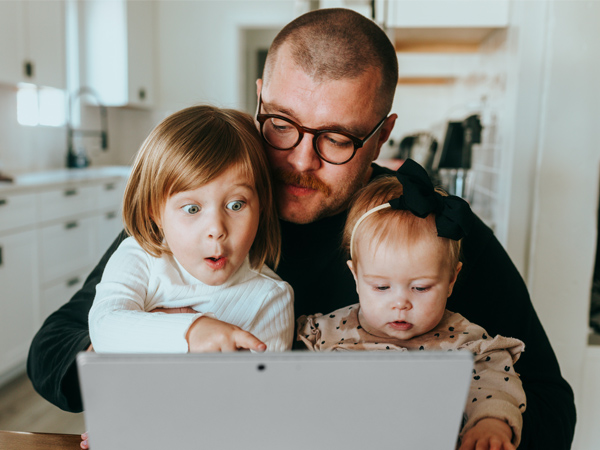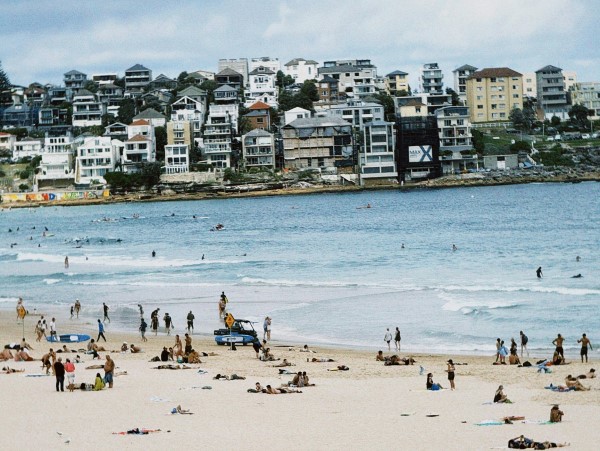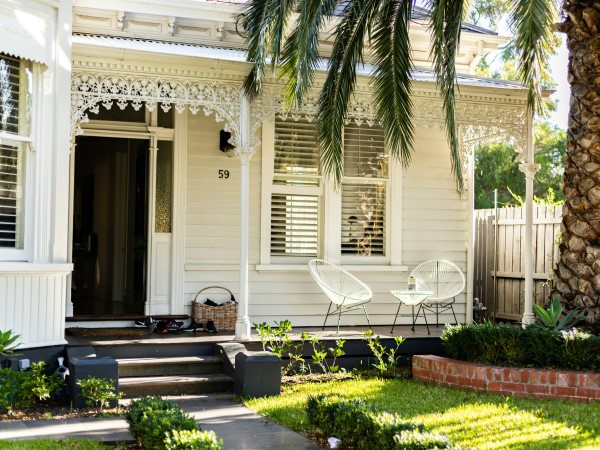Last year, Australian house prices rose 22%, with our collective heart rate following suit.
But while the ups and downs of the housing market have long impacted our financial (and mental!) stability, a recent study suggests the implications of Australia’s fluctuating property market are far wider reaching—even impacting our birth rates.
According to a recent report published by the University of Sydney based on data from 2001 to 2018, female home owners are more likely to have children when house prices increase, while the opposite is true for renters.
A $100,000 increase in home prices over two years was associated with an 18% increase in the likelihood of the home owner having a child in the past year, with married mortgage holders the most likely to have children. Meanwhile, the likelihood of private renters intending to have a child decreased by 0.25% over the same period
The sample of partnered female owner-occupants and renter-occupants aged between 25 and 45 years old was taken from 18 HILDA surveys over a near twenty-year period up until 2018. Since then, the boom of the last few years seems likely to further bolster the claims.
While the reasoning behind such rationale may seem obvious—as the cost of housing increases, so too does the cost of having children—what’s less clear is why no one seems to be talking about it. Since the late 70s, the Australian fertility rate has been below the replacement rate, while during that same period, the real price of housing has more than tripled. While the property market began to pick up speed in 2020, births declined 3.7% from the previous year, with NSW registering the largest decline.
“Housing constitutes a major cost of raising a child so, as the cost of housing increases, having children in Australia has become more expensive,” University of Sydney school of economics associate professor Stephen Whelan said of the findings. “Renters, who are generally less financially secure than home owners, may choose to delay having children in the face of rapidly rising house prices.”
For some, rising house prices may change plans to have a family altogether as entering the market takes precedence—or for others, ultimately proves impossible. In Australia, homeownership rates have declined from 61% in 1981 to around 37% for 25 to 34-year-olds. As such, the financial stability that comes with owning a home in a rising market cannot be overstated.
But while the boom continues to, well, boom, discussion continues to focus on what policies we might put in place to better regulate the market (*APRA has entered the chat*), with little attention being paid to what it could all mean for the future of Australia. In the wise words of The Simpsons, won’t somebody please think of the children?










